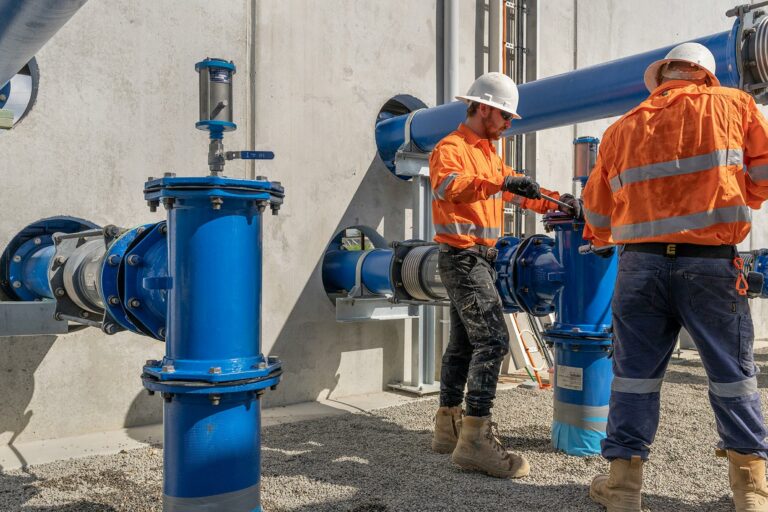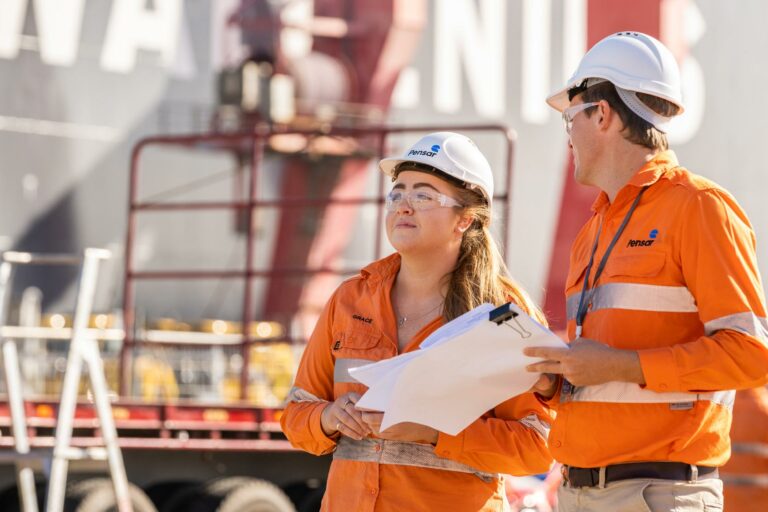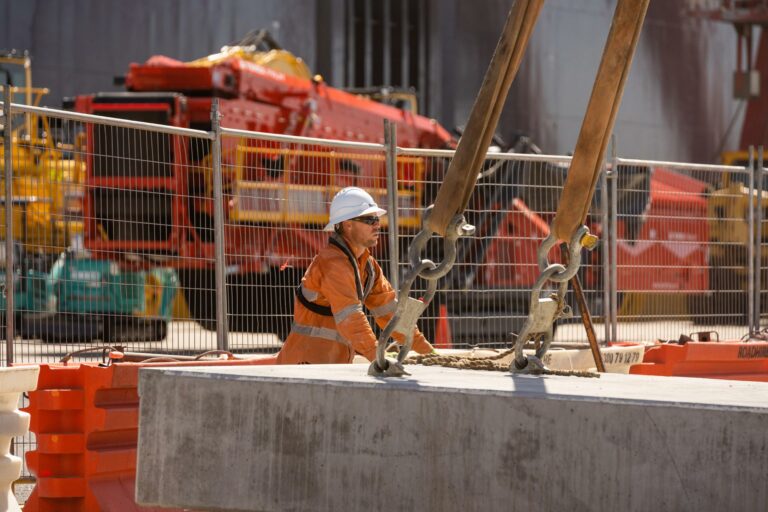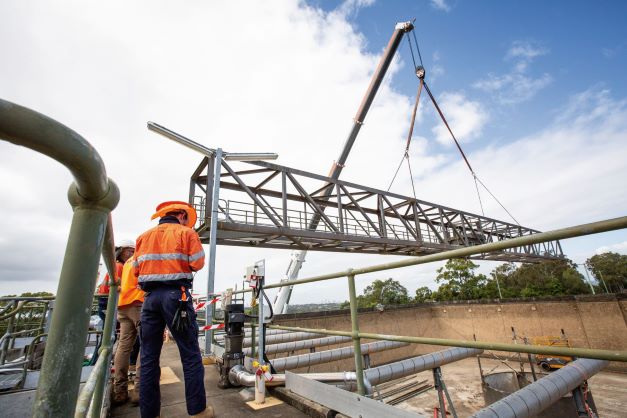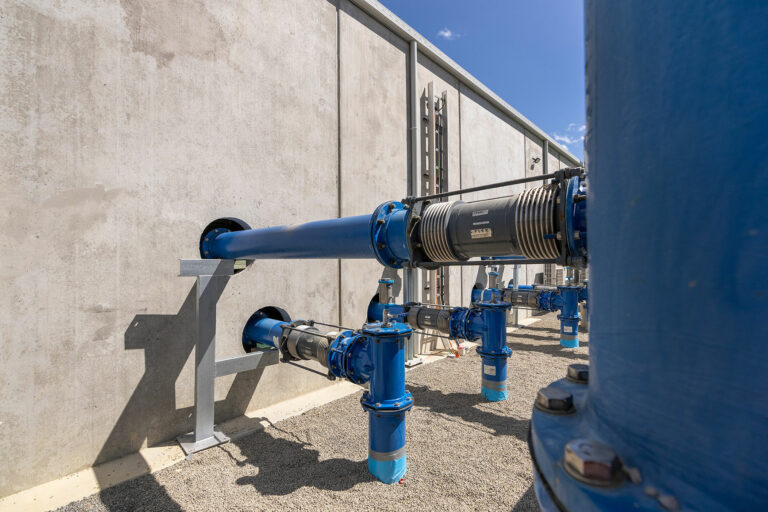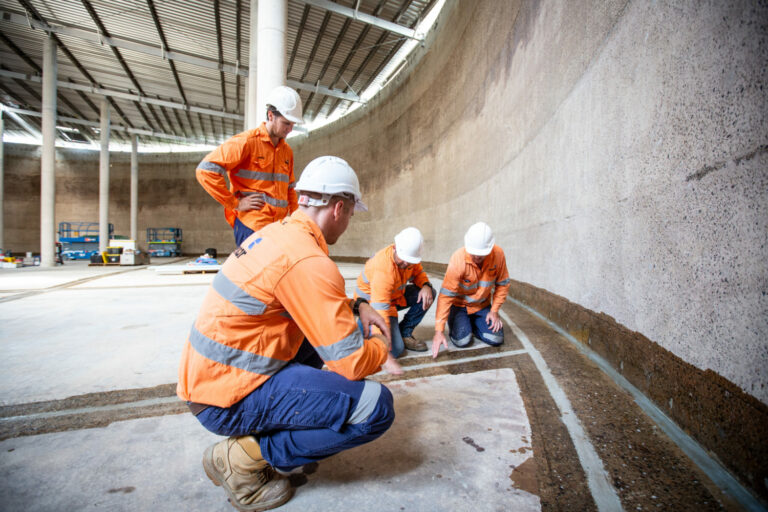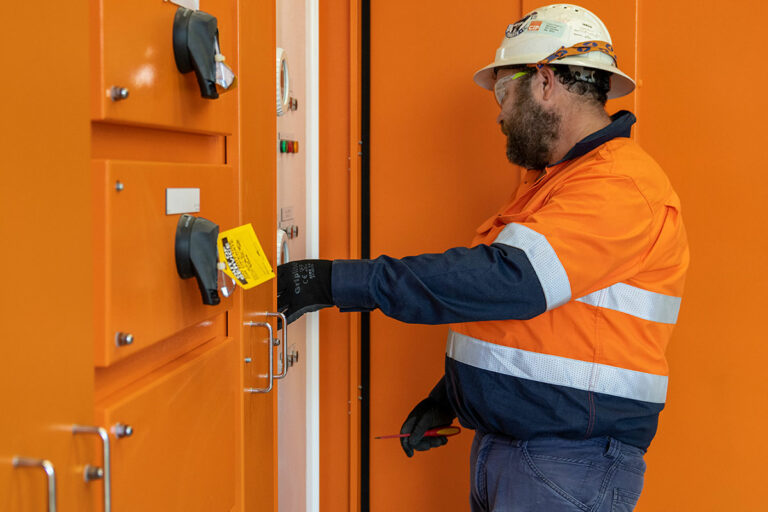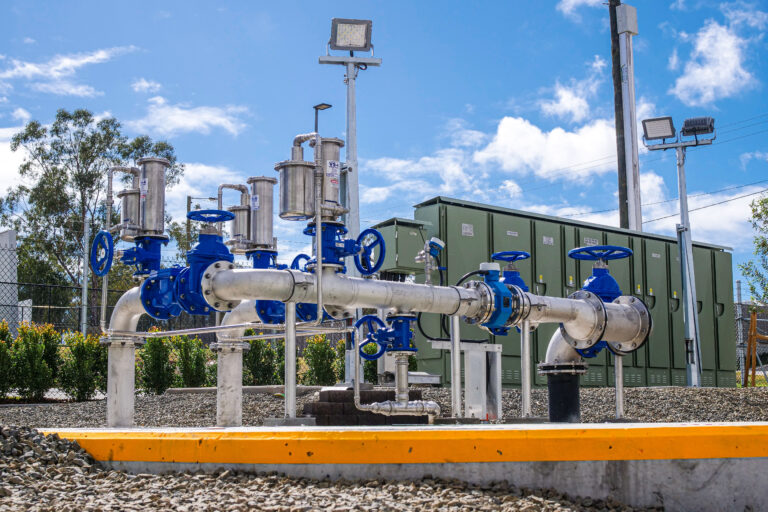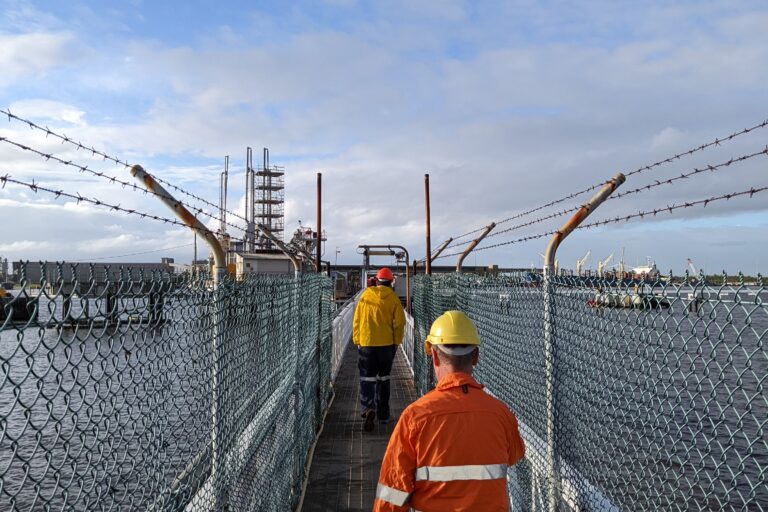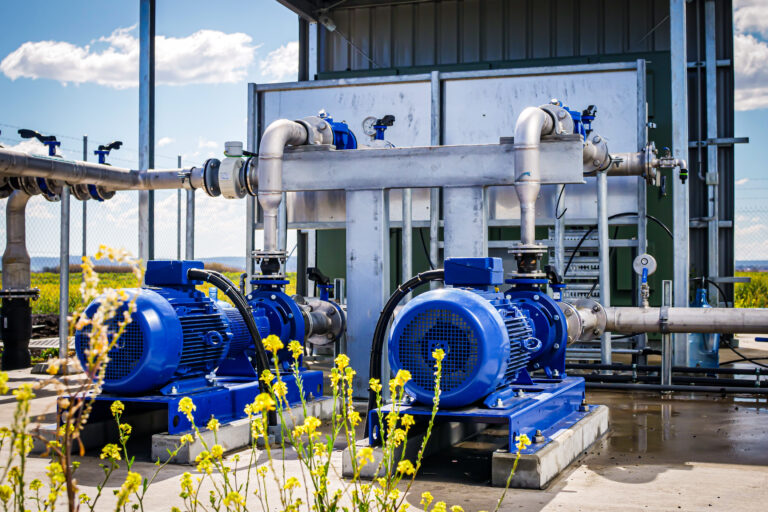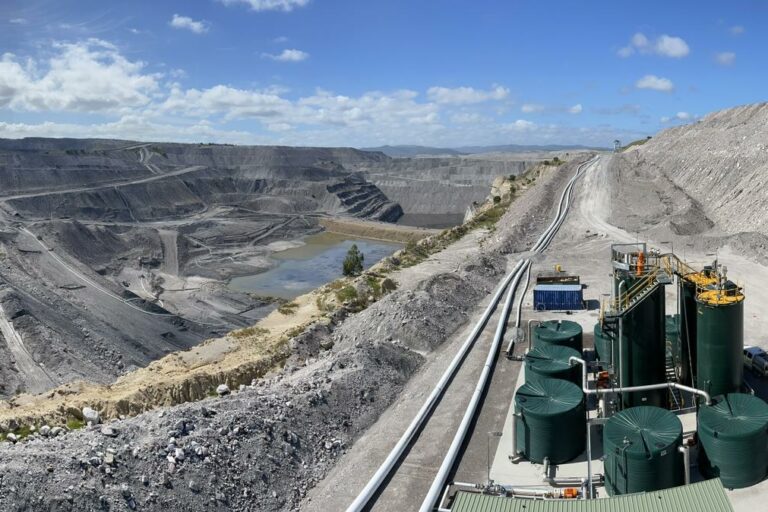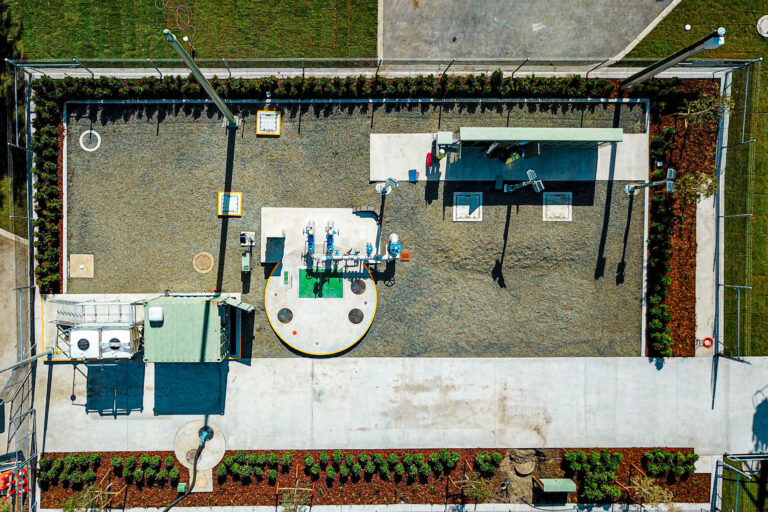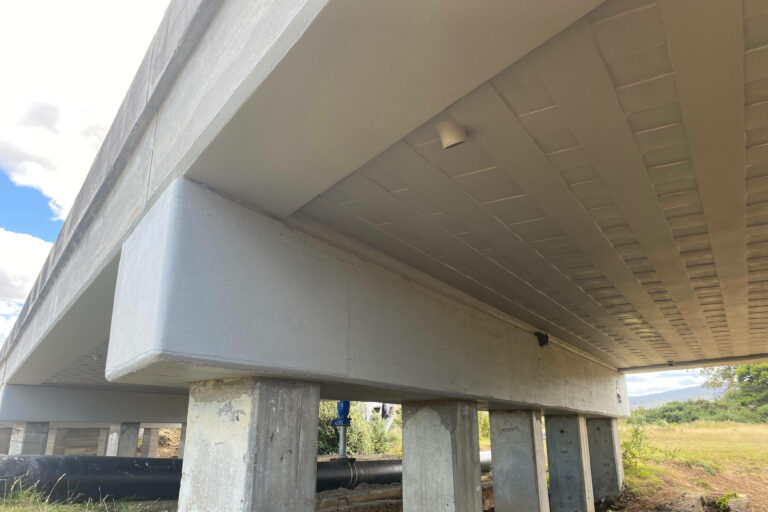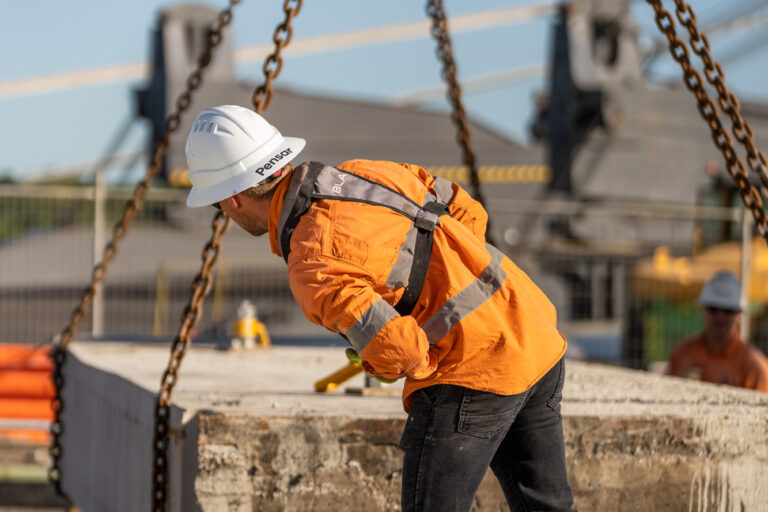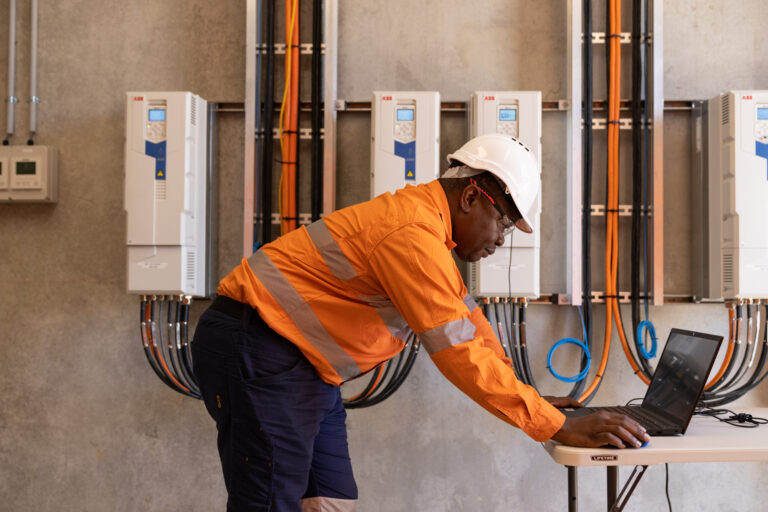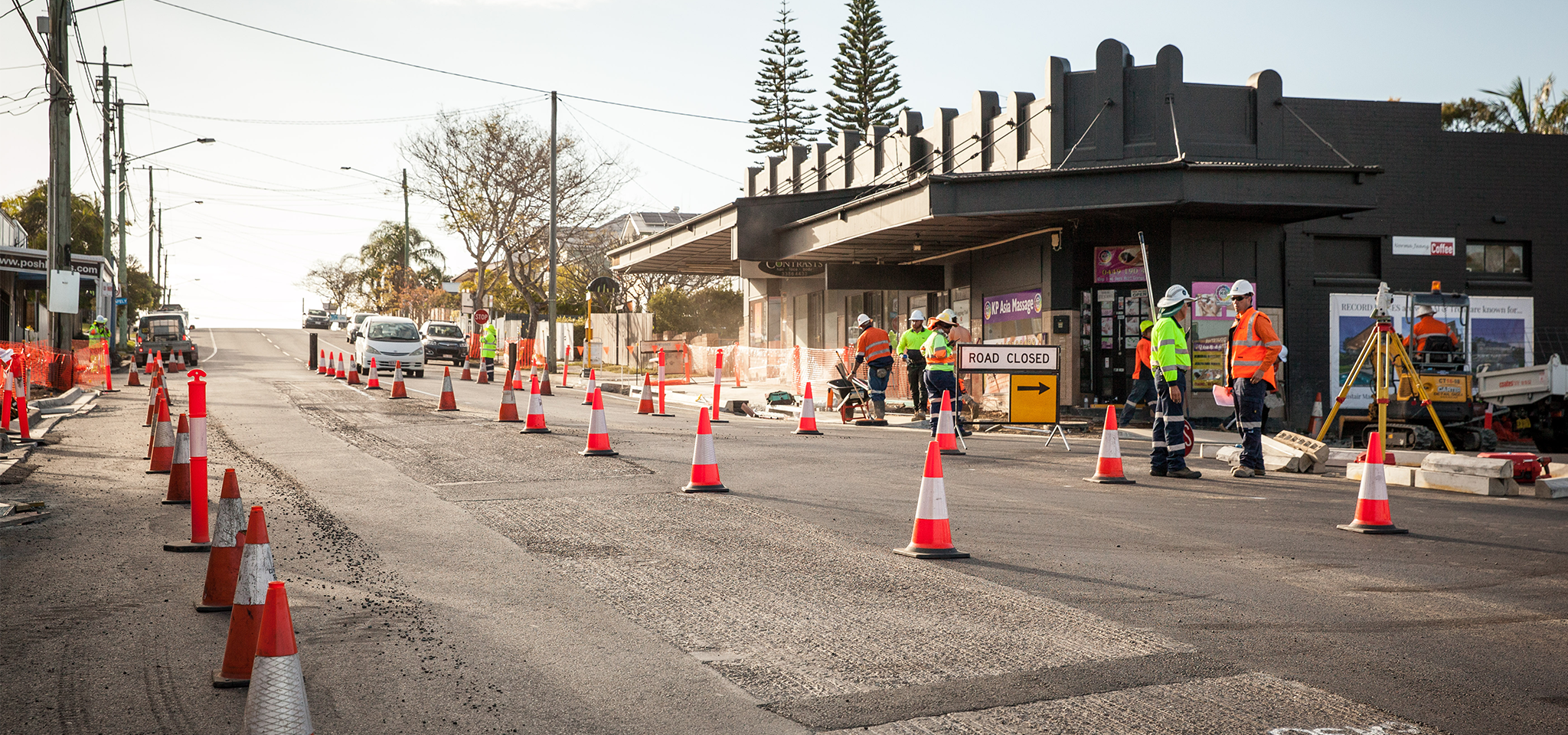How many more civil infrastructure projects need to become embroiled in expensive litigation and put intolerable levels of stress on our people before everyone in our industry gives project risk the attention it deserves?
Victorian era social thinker John Ruskin had some brilliant advice for anyone in business who thinks they can pay a little and get a lot.
Ruskin said, “It’s unwise to pay too much, but it’s worse to pay too little. When you pay too much, you lose a little money – that’s all. When you pay too little, you sometimes lose everything, because the thing you bought was incapable of doing the thing it was bought to do.”
This sentiment has never been more relevant to our industry than it is today with projects going off track time and time again due to unforeseen or undisclosed project risks that result in ugly legal battles between customers and contractors.
The problem seems to be particularly prevalent when it comes to large transport and general civil projects – at grade or underground projects where competition among contractors is high and so are project risks.
Anyone who has worked in the infrastructure sector knows the far-reaching and dramatic fallout that can occur when projects go bad. Intense financial pressure takes a heavy toll on both customers and contractors, who are each obliged to do the best they can for their owners and shareholders. Professional relationships break down, trust disappears, and both parties are forced to come up with strategies to make or defend claims.
Litigation is very expensive. It is not uncommon for the funds spent on fighting claims to quickly add up to a significant proportion of the total project budget, which means lawyers get paid and one side inevitably will lose out. Contractors may be forced to leave the industry, sell out, scale back their services or even call in the liquidator.
But this financial toll is only half the story. What about the people involved? Working on a long-term project under budget pressure caused by unforeseen risk is very common and has a huge impact on the health and wellbeing of all the people involved.
We all want to be part of this industry for job satisfaction – the chance to work on interesting and rewarding projects, to work alongside great people and to create something of long-term value for the community.
But so often this is not the case. When a project is underperforming, job security completely disappears, personal reputations and relationships are endangered, and careers are shattered. The fallout also extends to the families and friends of the people involved.
As pressure builds it is inevitable that some people choose to leave the industry. This means we all lose valuable talent due to this stressful and litigious environment, creating a continual cycle where new entrants with much less experience are recruited to fill the void. We also risk missing out on the best and brightest emerging talent choosing to work in our sector, especially if the grass looks greener in a career in IT, energy, health, finance or anywhere else with less adversarial conditions.
So, what can we do as a collective to change this situation?
Imagine project risk is a funnel. Projects start out at the top of the funnel where risk levels are highest because we are only at concept stage and no detailed work has started. As design work commences, more is known about the project and the associated risks start to narrow in line with greater project understanding. Construction commencement brings even more understanding, but a reasonable level of risk still remains. It is only at completion – the bottom of the funnel – that we know the full story of any project.
The other activity that usually takes place at the top of this risk funnel is a tender. Contractors with limited information and often insufficient time have to put their best offer on the table. Customers understandably want to get the best deal. Risk becomes the elephant in the room and is only discussed when things go bad and we all end up in court.
A more collaborative approach to risk at the start would make projects easier for everyone. By working closely together, both parties will gain a much greater understanding of project risks. Customers could work to an industry code of conduct or a new Australian risk disclosure standard to help contractors better understand their projects and provide more informed and accurate bids. Contractors could share previous learnings and experience back to the customer to further the collective risk awareness.
In this way, spending a few extra dollars understanding and communicating risk at the start of each project could result in more sustainable pricing and replace expensive litigation at the end.
A collaborative system that fosters more understanding of risk does nothing to diminish healthy competition as all potential contractors enjoy the same level playing field of risk awareness. In fact, competition becomes healthier as suppliers compete on genuine advantages such as superior methodologies, experience and great teams.
Most importantly, a new collaborative approach would deliver a huge boost to the wellbeing of our people and protect the reputation and sustainability of our industry.
Click HERE to view this article in the IAQ 2019 Yearbook.

